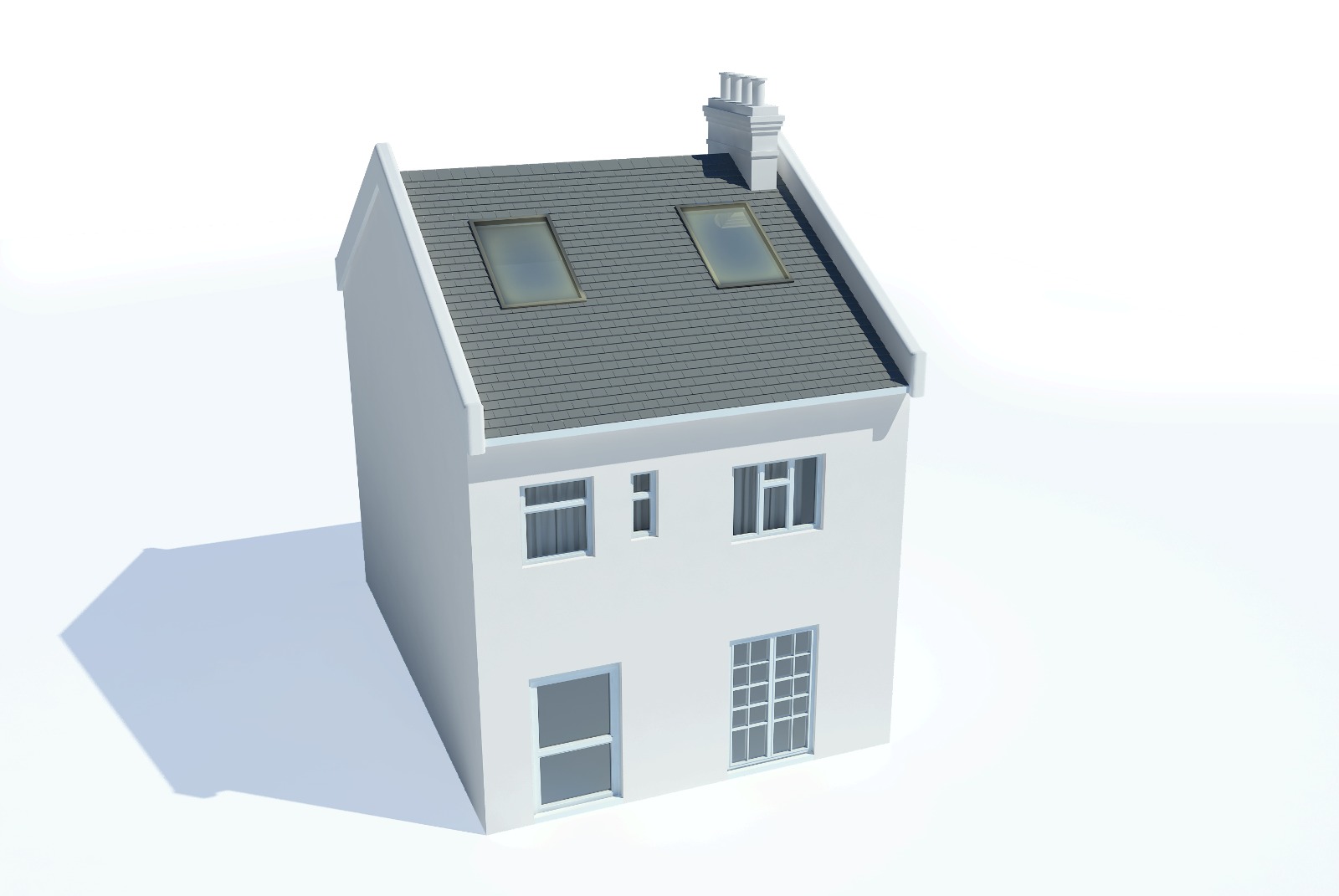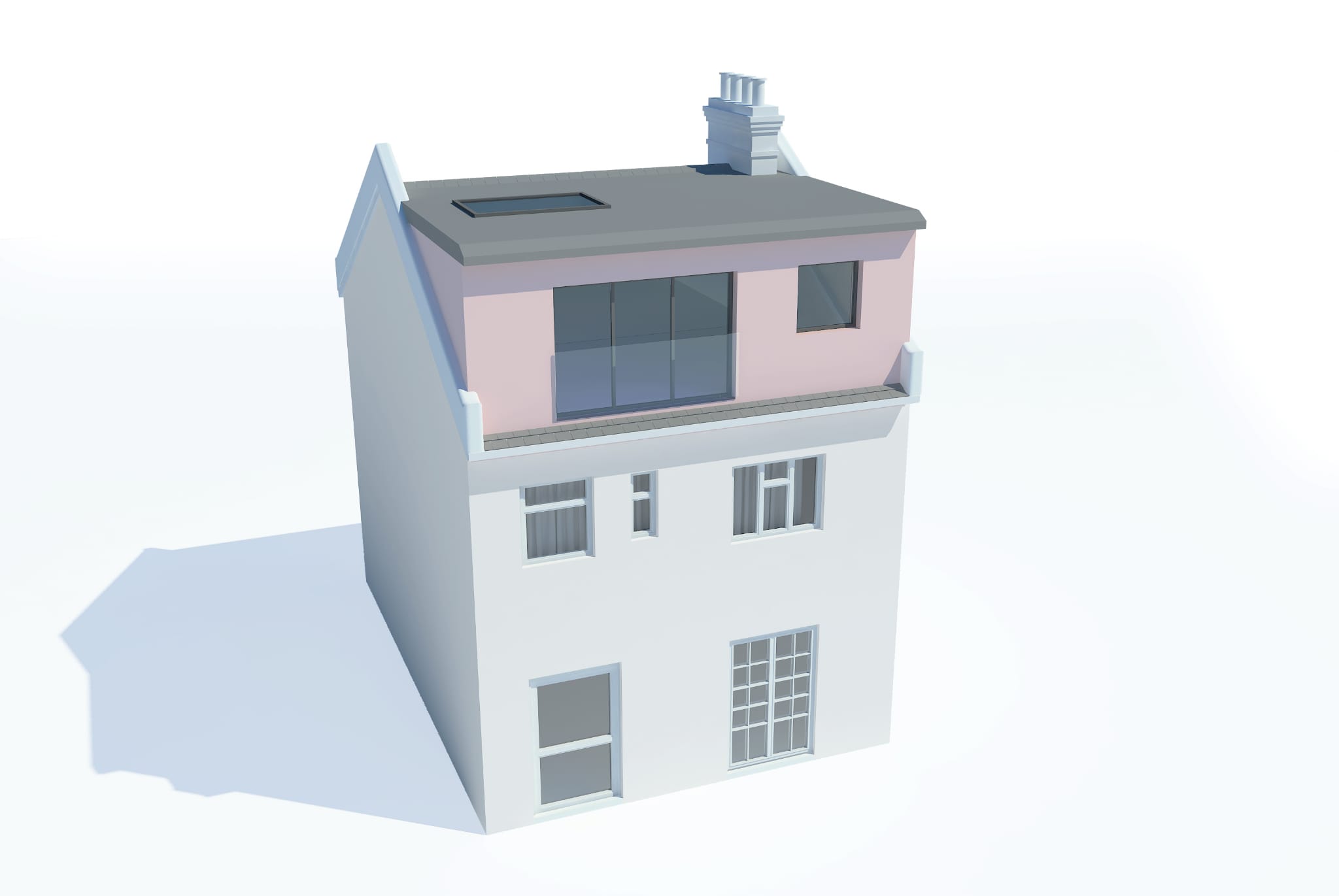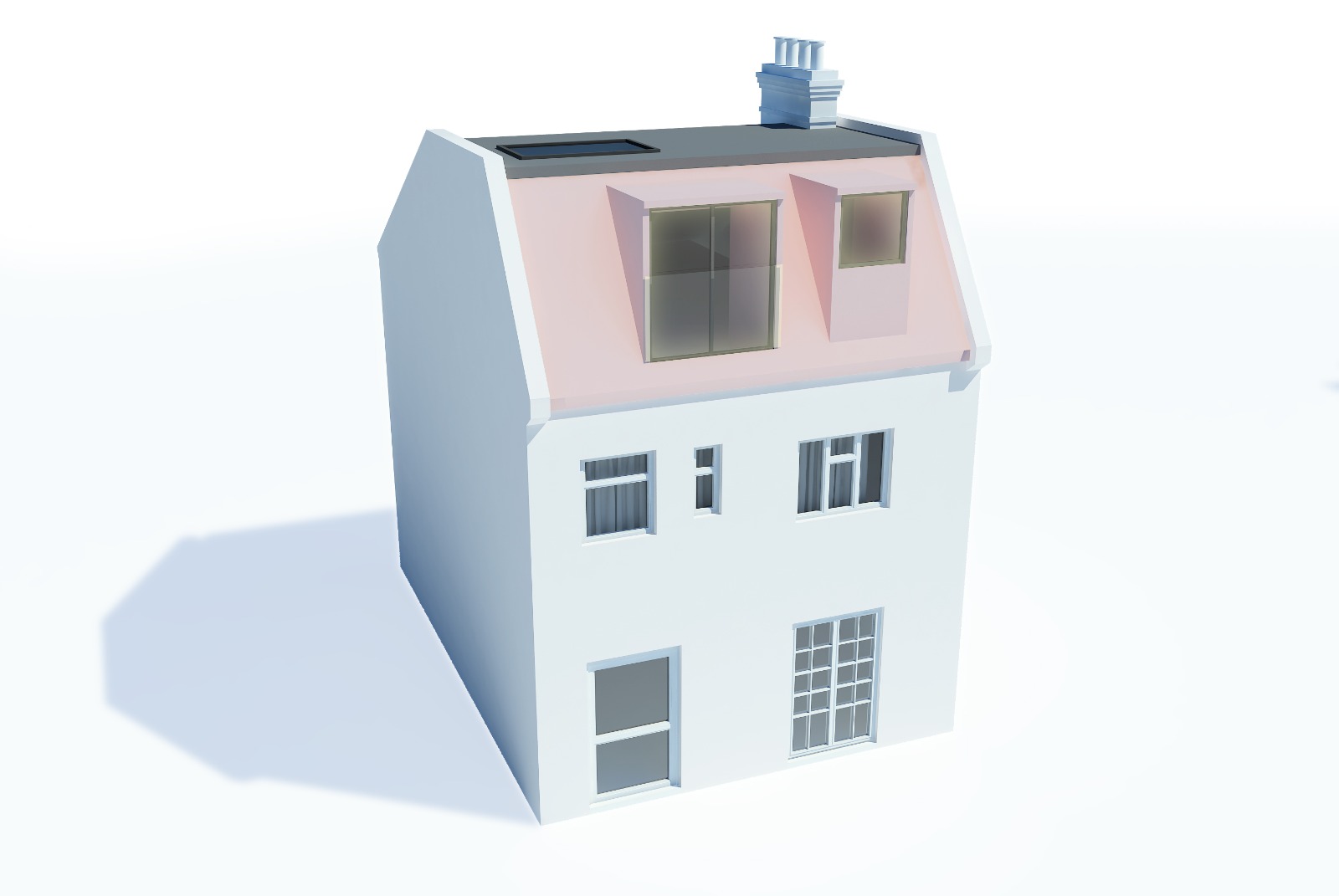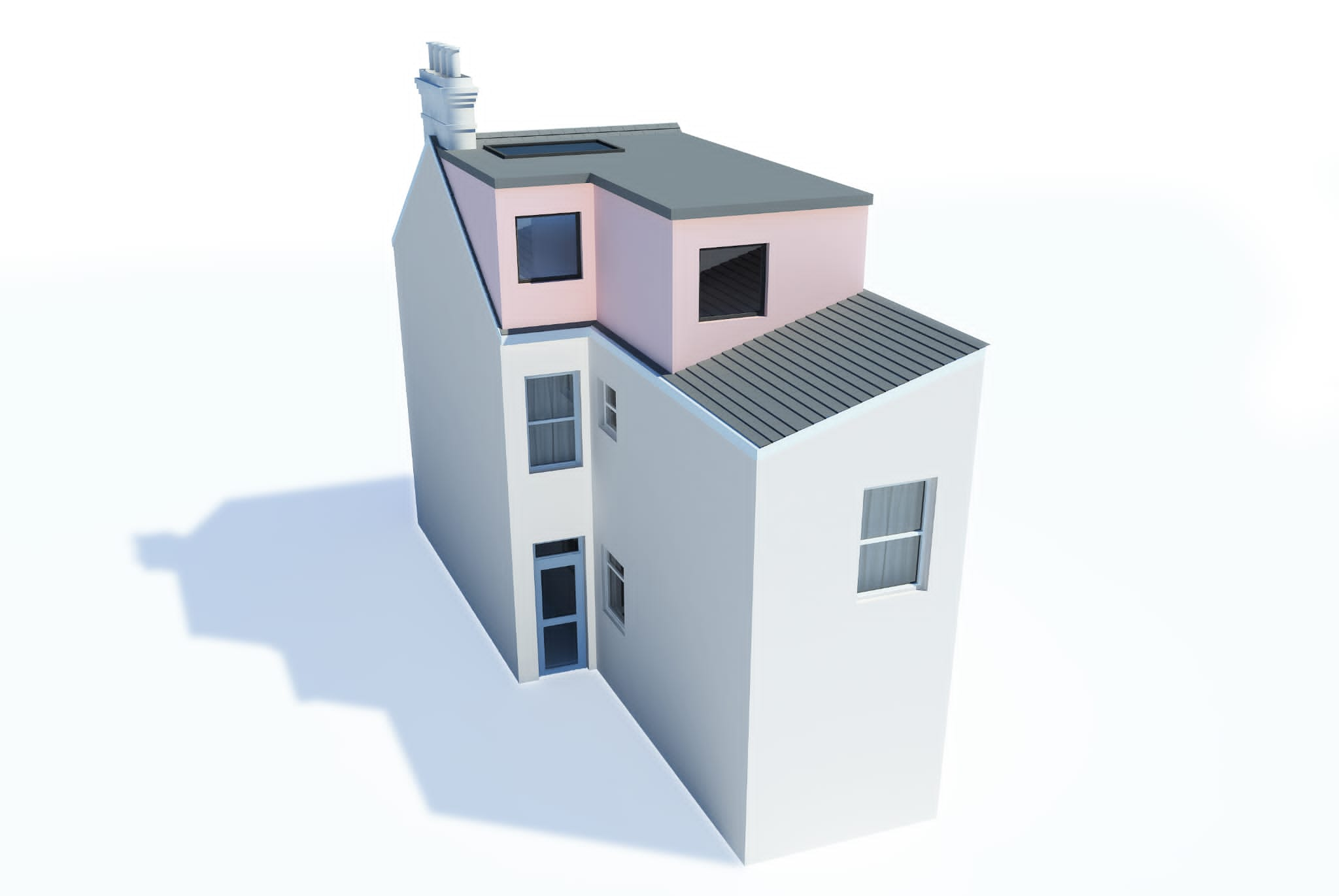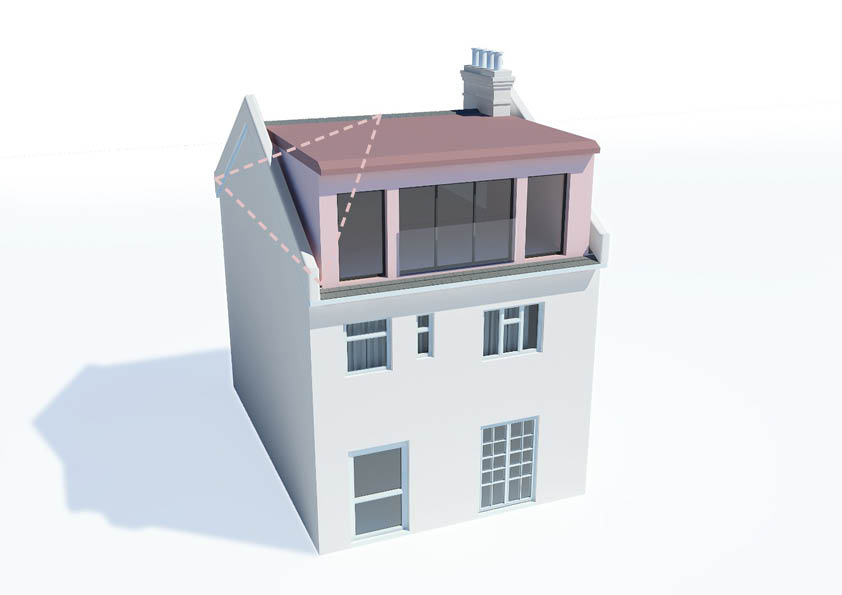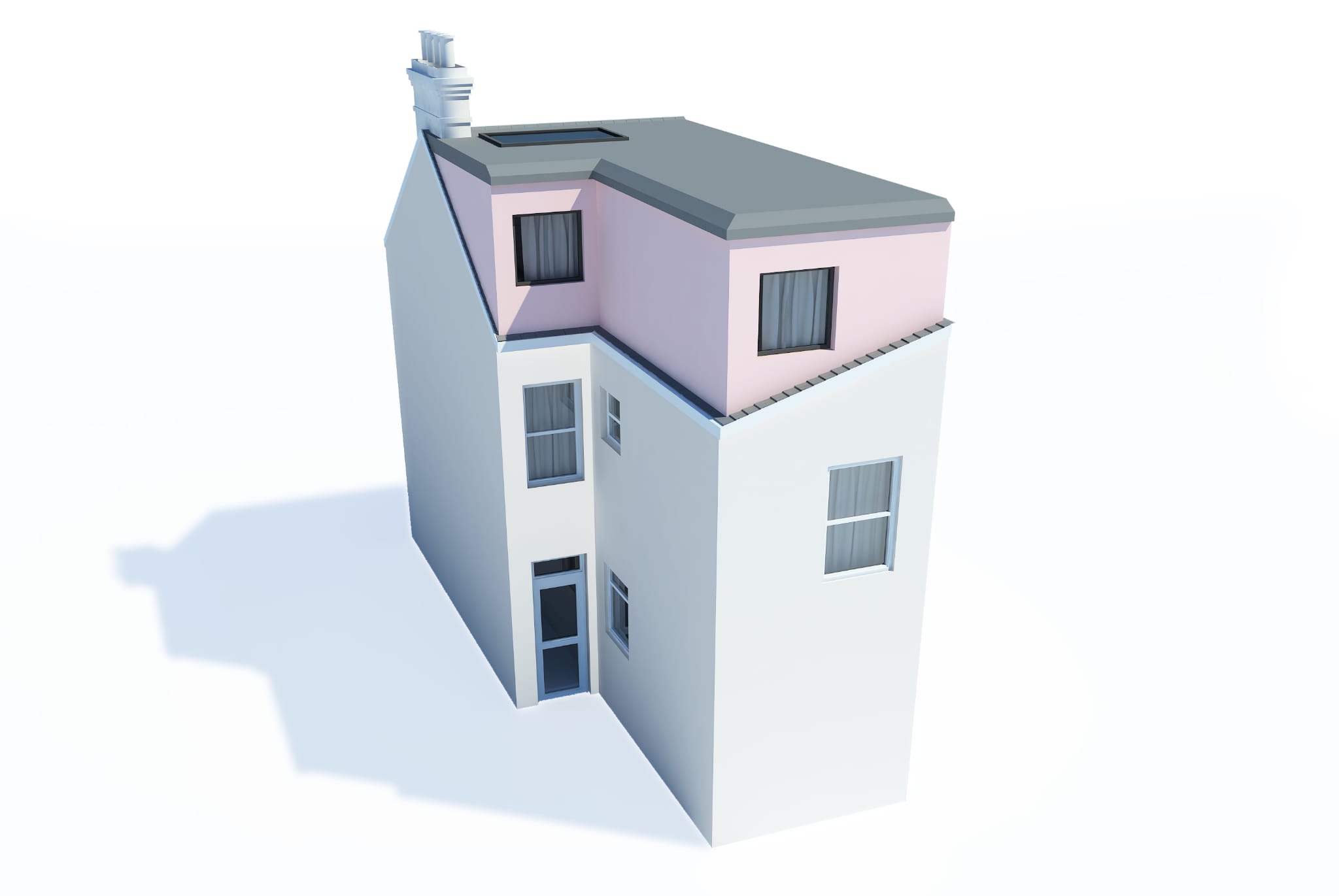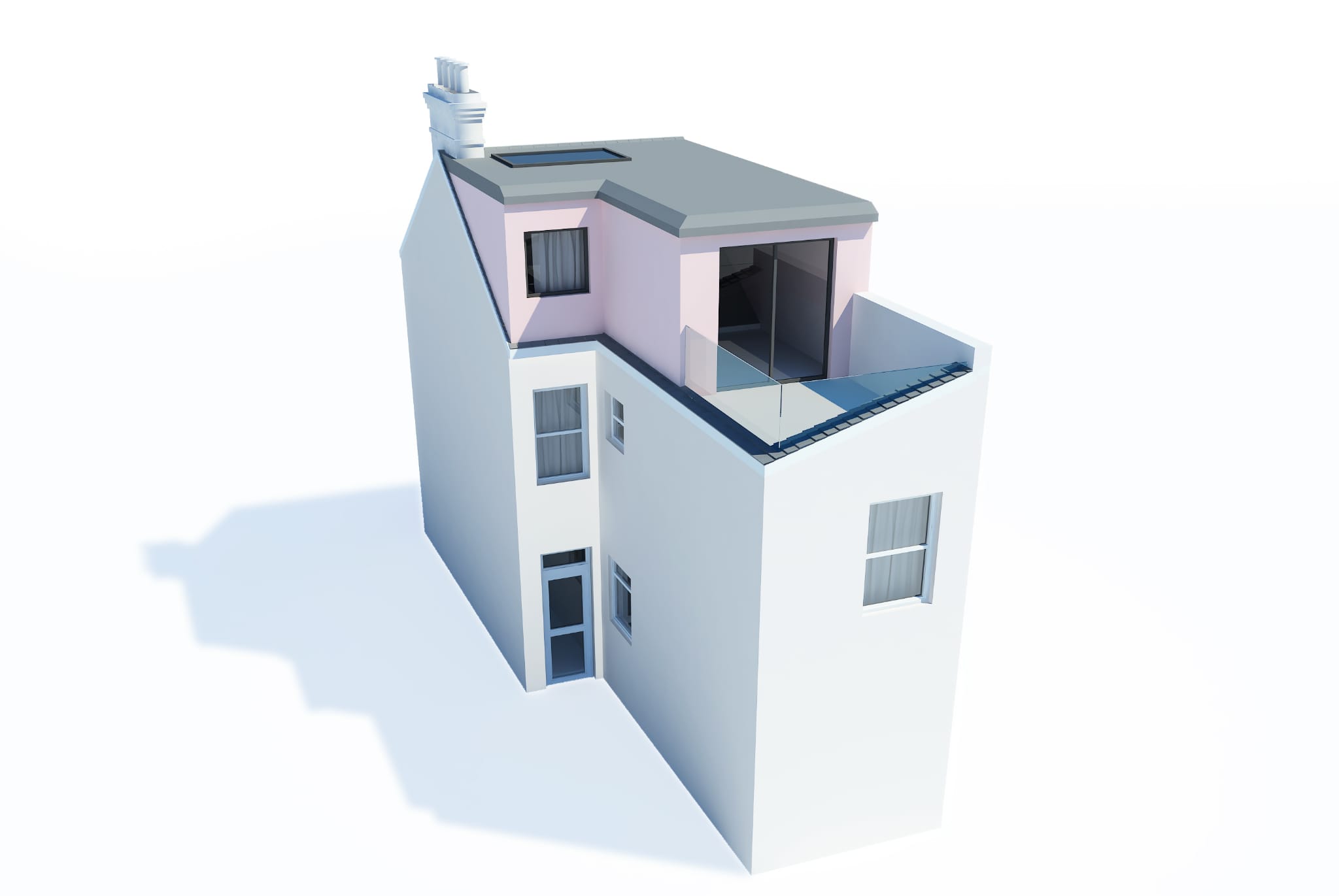A London suburb with underground links and parks, commons, excellent schools, leisure & amenities, and a vibrant art scene added to the mix; you get Morden. Its sedate life, with proximity to both central London on one side and the scenic Surrey countryside on the other, lives up to expectations. But not every home accommodates all expectations and growing needs. Loft conversions Morden frees up invisible space in your attic to get more usable floor space out of your home’s existing footprint. We make them stylish, modern spaces for you to live your home life to the fullest.
It is the process of converting a redundant loft space, usually in a period home, into a functional living area. Loft conversions are a preferred home improvement solution in urban and semi-urban areas where space is limited. These also save your garden space by building upwards. It is a cost-effective alternative to upsizing that involves moving and buying a more expensive home. A professionally carried out loft conversion with bespoke features and space-saving designs can also improve property price. A converted loft can accommodate bedrooms, bathrooms, en suites, home offices, playrooms, studios, or home offices.
Rooflight Conversions – popularly known as Velux Conversions, they turn your loft into a functional space with roof windows, flooring, insulation, a staircase, and finishes. It is the most cost-effective loft conversion method. During a roof light conversion, roof windows get strategically positioned on the roof slope to bring in natural light and ventilation to the converted space. These windows are typically installed flush with the roof surface, allowing for seamless integration with the existing roofline.
Dormer Conversions – they are extensions that project vertically from the plane of a sloping roof to increase the usable space within the loft area. Dormers have more headroom and functional floor area. They get added to the rear or the side of the property. They also use dormer windows and skylights to harness natural light and ventilation. Flat roof dormers are the most common type, while pitched and hipped roofs are also available alternatives.
L-shaped Conversions – generally used for Victorian terraced or semi-detached homes, these combine two dormers sitting at right angles to each other to add extra space. One dormer gets built onto the main roof of the property, and the other, onto the outrigger. Ensuring it blends in with the roof and the property as a whole makes it a seamless addition.
Mansard Conversions – they have a unique elegance borrowed from the French Baroque style. An entire plane of the existing roof gets modified with a 72° wall to create a nearly vertical structure with a flattish roof. The steep roof design maximises headroom and floor space. Although this loft conversion requires significant structural changes, it also creates substantial space. You can add a double mansard to create a separate floor for your home.
Hip-to-Gable Conversions – they replace the sloping side of a hipped roof with a gable wall to achieve more head height and floor space. Hipped roofs are common on semi-detached and end-of-terrace homes, especially those built in the 1930s. These roofs inhibit usable floor space as they restrict headroom. Such properties can benefit from this loft conversion type. Some detached properties also have a hipped roof on either side, which offers the possibility for a double hip to gable loft conversion.
The cost of a loft conversion depends on the type of conversion you require and its extent. Some roofs require structural changes to allow for the necessary head height, while others have the head height suitable for basic conversions like Roofliight conversion.
Room in the roof conversion – £35,000
Dormer loft extension – £50,000
Mansard extension – £60,000 – £65,000
Hip-to-gable extension – £65,000
L-shaped extension – £65,000 – £75,000
Your loft conversion in Morden can affect property price. Any unlawful additions, poor structural integrity, and haphazard designs can seriously devalue your property. A loft conversion specialist can do more than create additional space for your home. They can enhance the aesthetic and functional aspects of your home with the new addition. Choosing bespoke architect-drawn designs and skillful building techniques add value to your property. Professionals are acutely aware of planning guidelines and building regulations. Although you can brush up your knowledge on those, it takes specialist knowledge to plan and build to technical specifications. Think creative, bright, seamless, versatile, and space-maximising when undertaking a home remodelling project. Hire those who have years of expertise.
We are a loft conversion company specialising in Victorian and 1930s homes in London and surrounding areas. With decades of experience transforming spaces, we believe the right concept is essential to creating the right spaces. Our architects and structural engineers draw up technically-precise plans that meet your requirements. We even use 3D plans that help you experience the spaces. Our design stage is separate from the build stage, which offers you leeway to make up your mind about moving to the build stage. We do this to give you the freedom to choose and because we consider both stages equally important. Our conversions adhere to building regulations, and a project manager keeps tabs on quality control and timely completion.
Loft conversions come under permitted development rights, which means you can build without planning permission. However, there are instances when certain conversion designs can exceed the limitations set out. Living in a conservation area or a listed building can also affect your permitted development rights. Our planning specialists will guide you through the specifications and apply for permission on your behalf when your plans require features outside regulation.
How we deliver projects
Our process is simple and divided into two distinct phases with separate contracts: Design and Build. As a client you only commit to one phase at a time depending on what stage of the process you are in. Each phase consists of three stages as described below.
1. Design
This is the kick-off point for your project. We carry out a complete architectural measured survey of the property. This allows us to create accurate CAD design drawings. This is followed by a design meeting to start discussing your ideas in more detail.
2. Planning
At this stage we finalise the designs with you and start preparing planning applications as needed. We place a high priority on ensuring that plans, designs and schedules are all based on a thorough and detailed understanding of planning guidelines. We co-ordinate with local authorities until the decision is made, and the planning approval is secured.
3. Technical
Once the planning consent is secured, we translate the design drawings into more detailed technical drawings for the purposes of building control and construction. This also includes specifications and structural calculations. At this stage, we will also submit to you our ‘no obligation’ quote for the build phase.
4. Pre-build
90% of our clients decide to stick with us after the design phase is completed. Once the build contract is signed, we kick off the process by making sure all the pre-build processes are complete. These include assistance with party wall agreements, Thames Water build over agreement, submitting building control application, and preparing method statements etc as needed. This stage ends with a pre-start meeting with your foreman before the actual build begins.
5. Build
One of our foremen will be dedicated to your project and will be on-site to manage everyday works. Our project managers will be overseeing the works to make sure they are completed to high standards, within your budget and on time. Throughout the process we will keep you updated with the progress and coordinate the works with third parties such as kitchen or flooring suppliers. We will also advise and guide you to choose any suppliers if needed.
6. Handover
As the build draws to finish, we will help to iron out any ‘snags’ to make sure everything is completed to your satisfaction. We will put together all necessary certificates such as gas, electricity and building control completion along with warranties for glazing, boiler etc. At the final completion meeting, we will hand you these documents, together with the keys to your house. Needless to say, you can contact us any time after this, if you want us to look at something.
This is the kick-off point for your project. We carry out a complete architectural measured survey of the property. This allows us to create accurate CAD design drawings. This is followed by a design meeting to start discussing your ideas in more detail.
At this stage we finalise the designs with you and start preparing planning applications as needed. We place a high priority on ensuring that plans, designs and schedules are all based on a thorough and detailed understanding of planning guidelines. We co-ordinate with local authorities until the decision is made, and the planning approval is secured.
Once the planning consent is secured, we translate the design drawings into more detailed technical drawings for the purposes of building control and construction. This also includes specifications and structural calculations. At this stage, we will also submit to you our ‘no obligation’ quote for the build phase.
90% of our clients decide to stick with us after the design phase is completed. Once the build contract is signed, we kick off the process by making sure all the pre-build processes are complete. These include assistance with party wall agreements, Thames Water build over agreement, submitting building control application, and preparing method statements etc as needed. This stage ends with a pre-start meeting with your foreman before the actual build begins.
One of our foremen will be dedicated to your project and will be on-site to manage everyday works. Our project managers will be overseeing the works to make sure they are completed to high standards, within your budget and on time. Throughout the process we will keep you updated with the progress and coordinate the works with third parties such as kitchen or flooring suppliers. We will also advise and guide you to choose any suppliers if needed.
As the build draws to finish, we will help to iron out any ‘snags’ to make sure everything is completed to your satisfaction. We will put together all necessary certificates such as gas, electricity and building control completion along with warranties for glazing, boiler etc. At the final completion meeting, we will hand you these documents, together with the keys to your house. Needless to say, you can contact us any time after this, if you want us to look at something.
What Our Clients Say
Featured Projects
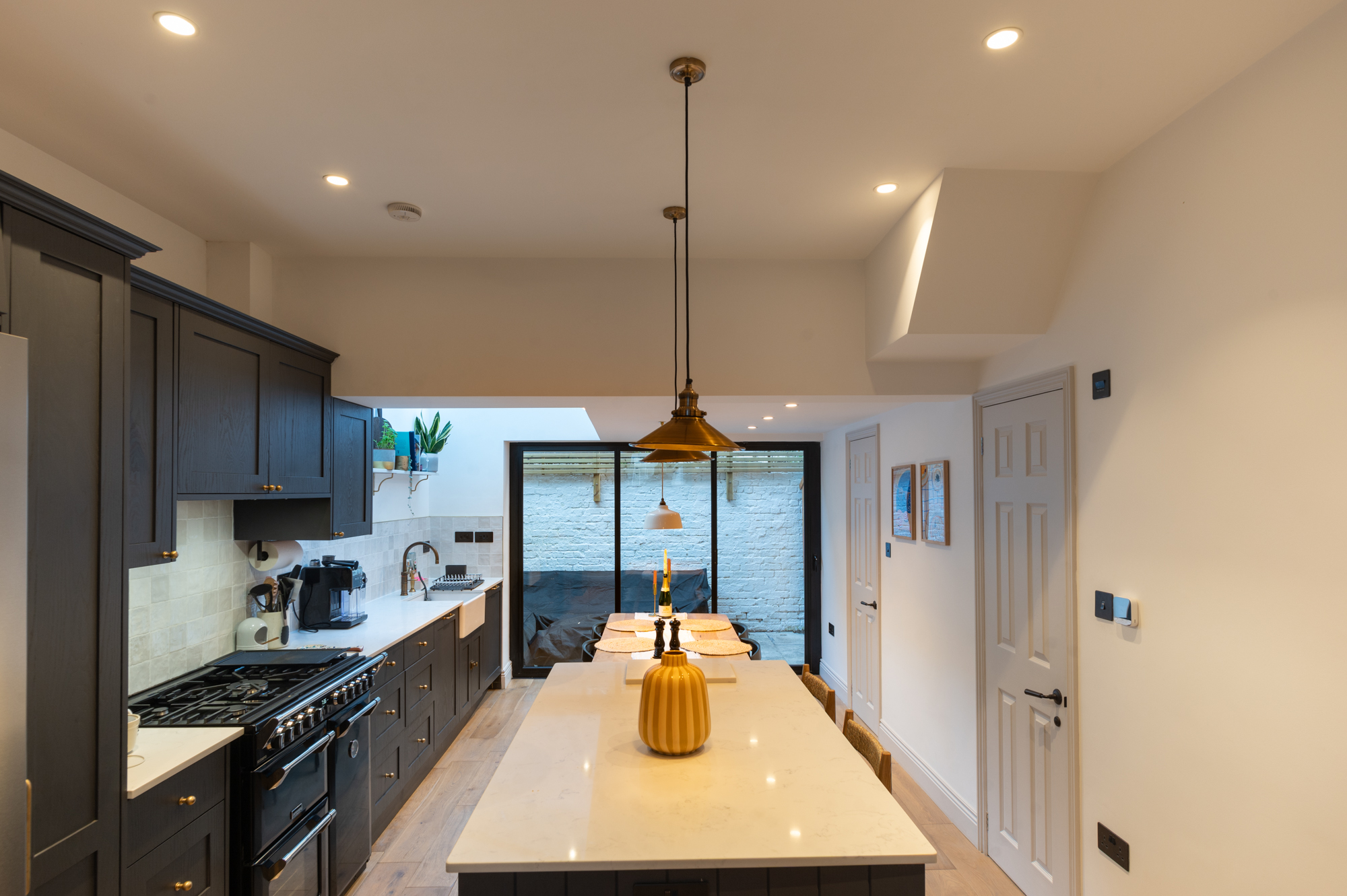
Fulham
Orbain Road SW6 7JZ
This project was completed in 2023 and the approximate budget was £101,000.
Learn more
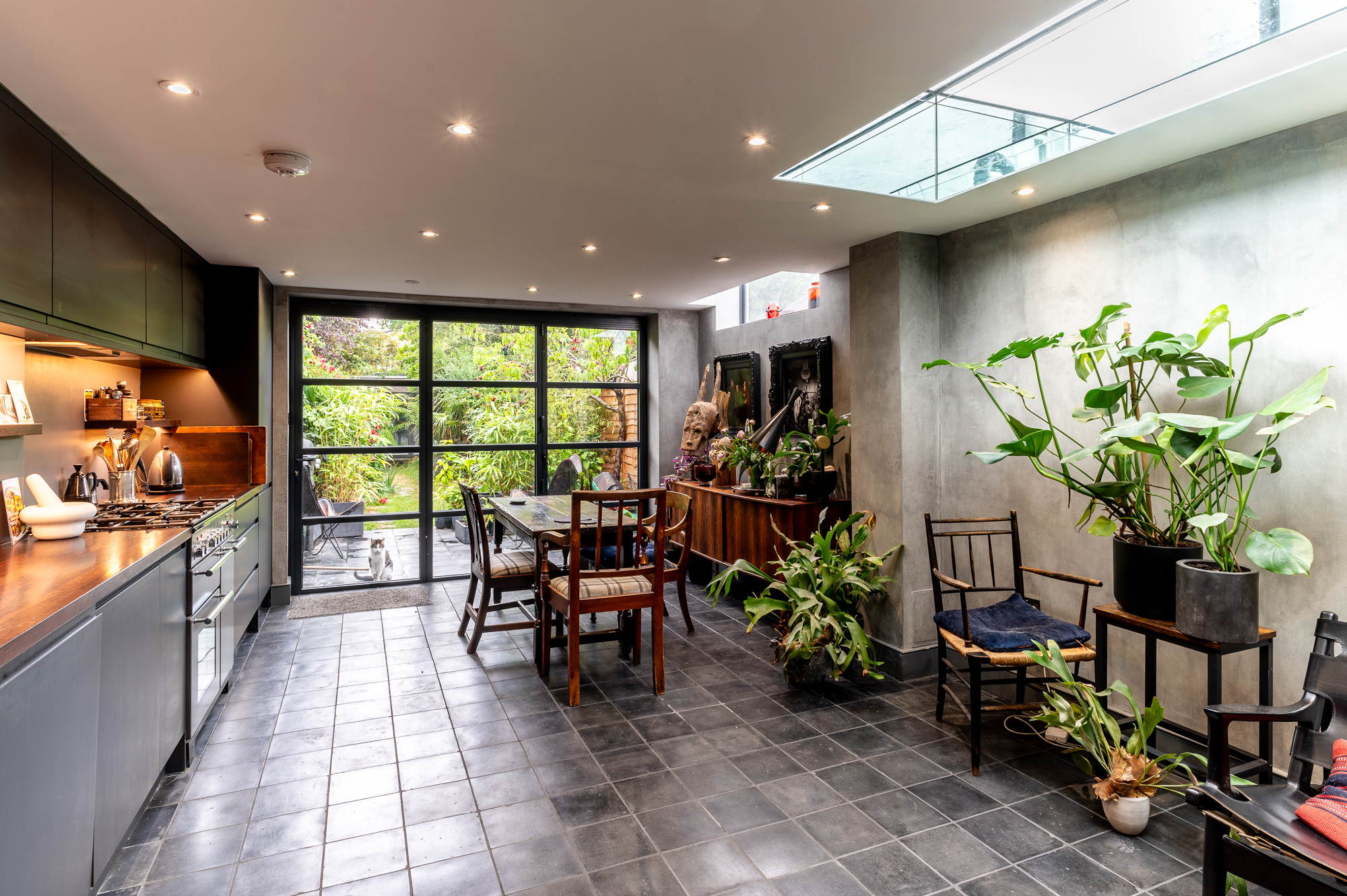
Lambeth
Hetherington Road SW4
We completed this stunning project for our client Angus in Lambeth.
Learn more
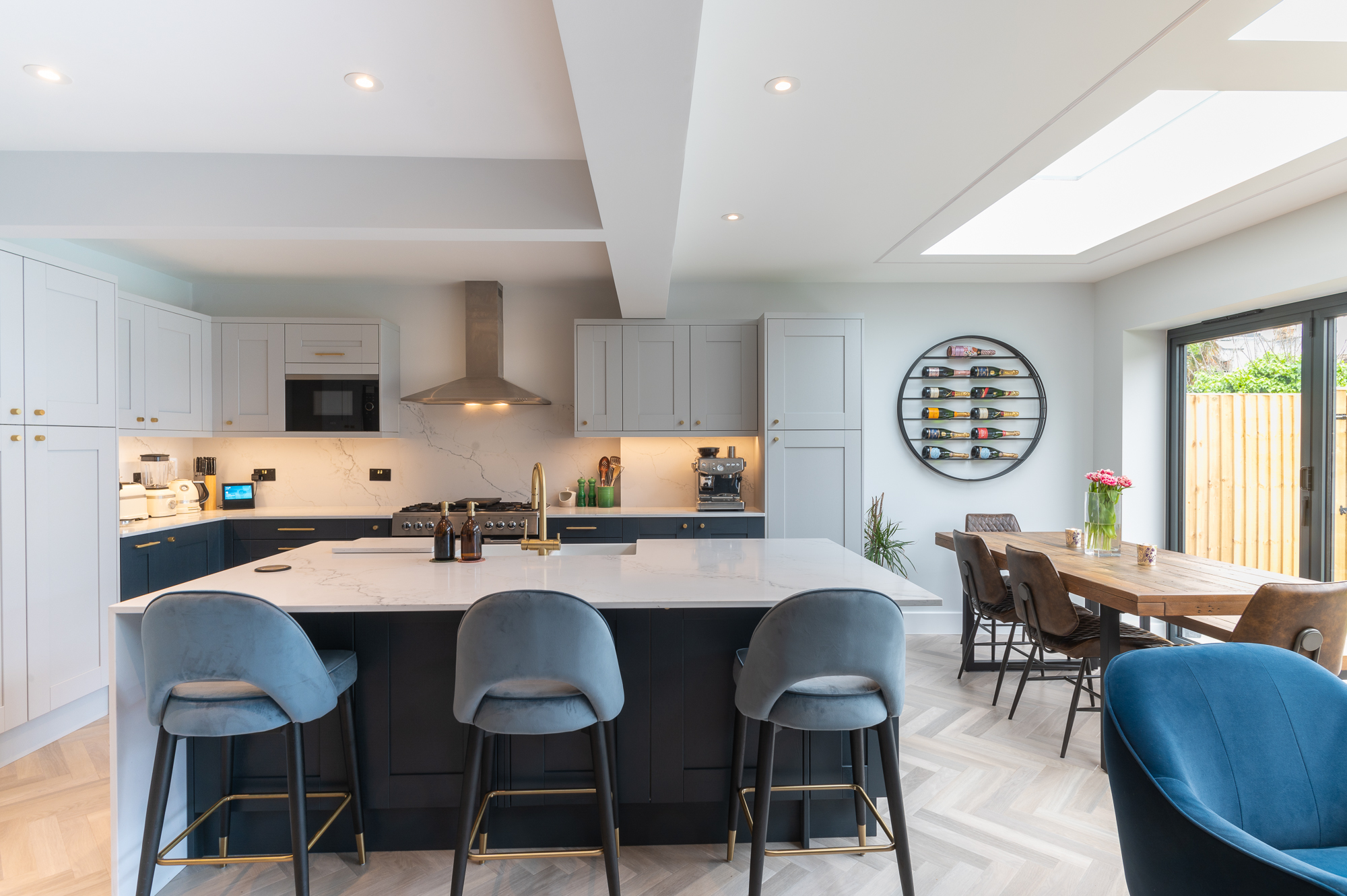
Teddington
Station Road SW4 7PA
We completed this exciting project for our clients on Station Road, a quaint residential area in the heart of Teddington.
Learn more

Leyton
Windsor Road E10
We completed this kitchen extension on Windsor Road, a charming residential street nestled in the heart of Leyton.
Learn more
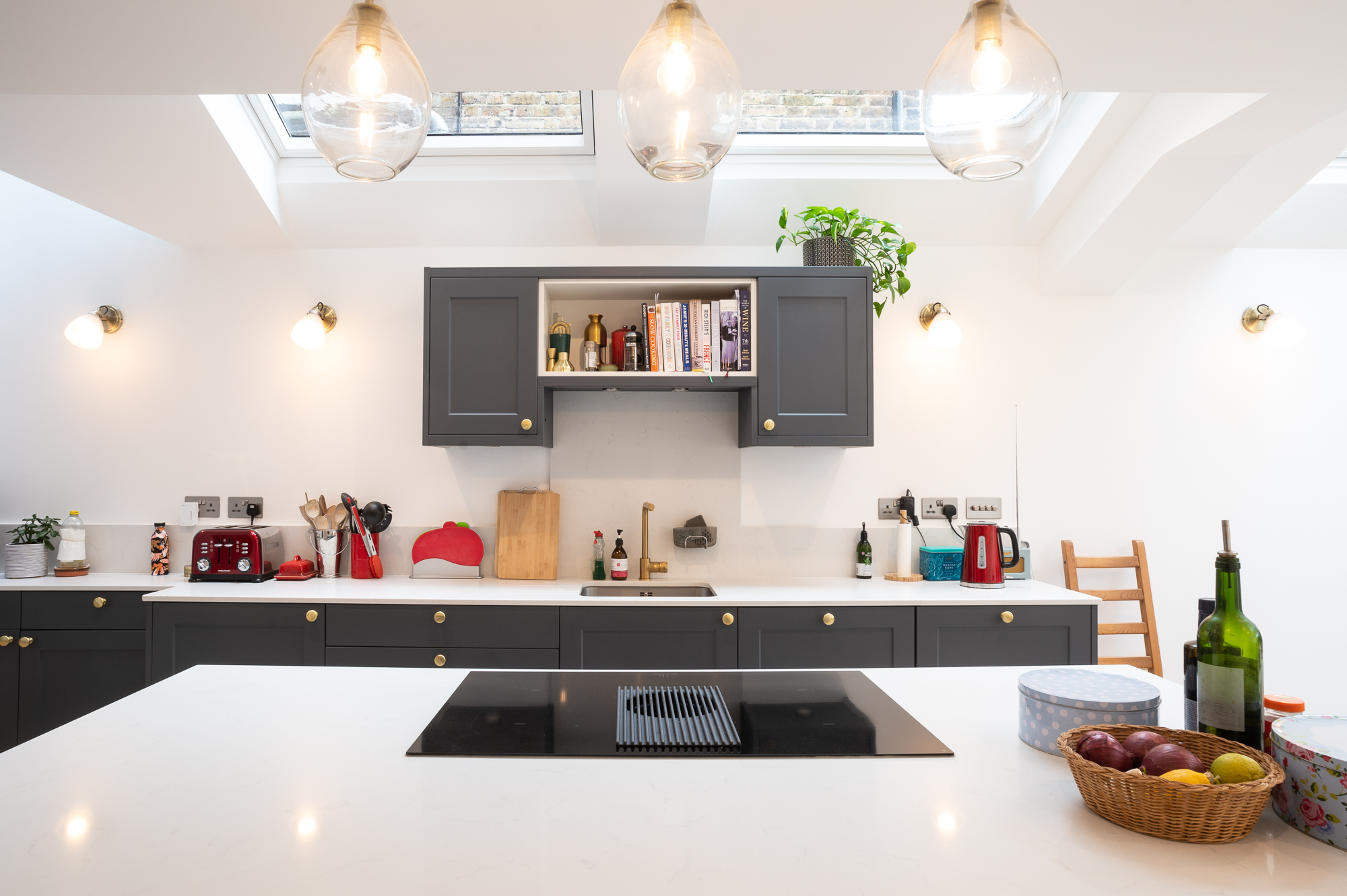
Clapham
Hydethorpe Road SW12 0JF
We did this kitchen extension project for our clients in Hydethorpe Road SW12.
Learn more

Fulham
Orbain Road SW6 7JZ
This project was completed in 2023 and the approximate budget was £101,000.
Learn more

Lambeth
Hetherington Road SW4
We completed this stunning project for our client Angus in Lambeth.
Learn more

Teddington
Station Road SW4 7PA
We completed this exciting project for our clients on Station Road, a quaint residential area in the heart of Teddington.
Learn more

Leyton
Windsor Road E10
We completed this kitchen extension on Windsor Road, a charming residential street nestled in the heart of Leyton.
Learn more

Clapham
Hydethorpe Road SW12 0JF
We did this kitchen extension project for our clients in Hydethorpe Road SW12.
Learn more
Build a Quote!
Let's get started with building your own bespoke quote for your dream extension. Tell us as much in detail as possible to get most accurate price.
Get StartedBuild a Quote!
Let's get started with building your own bespoke quote for your dream extension. Tell us as much in detail as possible to get most accurate price.
Get Started


